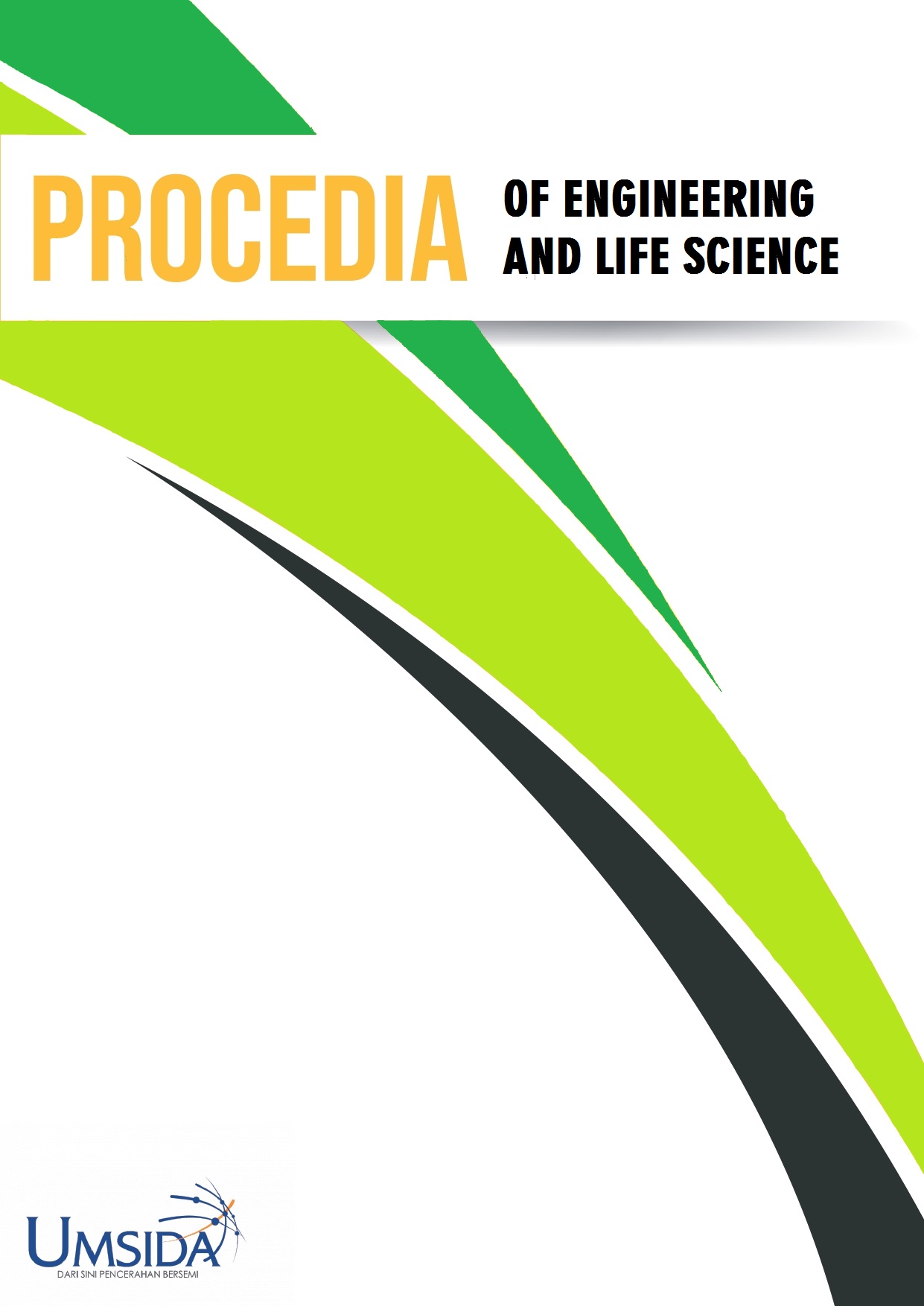Comparison of RAM Classification with Decision Tree Algorithms and KNN
Komparasi Klasifikasi RAM dengan Algoritma Decision Tree dan KNN
DOI:
https://doi.org/10.21070/pels.v2i2.1200Keywords:
classification, data mining, decision tree, laptop ram, knnAbstract
A laptop is a rather small personal computer consisting of a keyboard, screen, microprocessor and usually a rechargeable battery. In the current era of technology, when buying a laptop, we need to have thorough and detailed considerations regarding our needs in using a laptop, especially laptop RAM. By comparing Decision Tree and KNearest Neighbors algorithm, a more accurate algorithm was found to make a prediction in buying a laptop with suitable variable consideration. The result shows that Decision Tree algorithm is more accurate to be used in predicting the suitable laptop RAM. Decision Tree accuracy is 68%, this result is higher than KNN accuracy which is only 66%.
Downloads
References
H. Nuryanto, Sejarah Perkembangan Teknologi Informasi dan Komunikasi. Balai Pustaka (Persero), 2012.
M. R. Noviansyah, W. Suharso, D. R. Chandranegara, M. S. Azmi, and M. Hermawan, “SISTEM
PENDUKUNG KEPUTUSAN PEMILIHAN LAPTOP PADA E-COMMERCE MENGGUNAKAN METODE WEIGHTED PRODUCT,” in Prosiding SENTRA (Seminar Teknologi dan Rekayasa), Nov. 2019, vol. 5, pp. 43–53. doi: 10.22219/SENTRA.V0I5.3025.
G. P. Sanyoto, R. I. Handayani, and E. Widanengsih, “SISTEM PENDUKUNG KEPUTUSAN PEMILIHAN LAPTOP UNTUK KEBUTUHAN OPERASIONAL DENGAN METODE AHP (STUDI KASUS: DIREKTORAT PEMBINAAN KURSUS DAN PELATIHAN KEMDIKBUD),” Jurnal Pilar Nusa Mandiri, vol. 13, no. 2, pp. 167–174, 2017, Accessed: Jun. 08, 2022. [Online]. Available: http://ejournal.nusamandiri.ac.id/index.php/pilar/article/view/233
R. Elnatan and H. Tannady2, “Alternatif Pemilihan Laptop Bagi Mahasiswa Di Jakarta Utara Menggunakan Metode Analytic Hierarchy Process,” Jurnal Teknologi, vol. 10, no. 1, pp. 8–13, Jul. 2020, doi: 10.35134/JITEKIN.V10I1.17.
J. E. S. Casym and D. N. Oktiara, “Aplikasi Analytical Hierarchy Process dalam Mengidentifikasi Preferensi Laptop Bagi Mahasiswa,” in Seminar Nasional Teknologi Komputer & Sains (SAINTEKS), Feb. 2020, pp. 636–640.
B. Mahesh, “Machine learning algorithms-a review,” International Journal of Science and Research, vol. 9, pp. 381–386, 2020, doi: 10.21275/ART20203995.
N. Hidayati, J. Suntoro, and G. G. Setiaji, “Perbandingan Algoritma Klasifikasi untuk Prediksi Cacat Software dengan Pendekatan CRISP-DM,” Jurnal Sains dan Informatika, vol. 7, no. 2, pp. 117–126, Nov. 2021, doi: 10.34128/JSI.V7I2.313.
C. Schröer, F. Kruse, and J. M. Gómez, “A Systematic Literature Review on Applying CRISP-DM Process Model,” Procedia Computer Science, vol. 181, pp. 526–534, Jan. 2021, doi: 10.1016/J.PROCS.2021.01.199.
V. Plotnikova, M. Dumas, and F. Milani, “Adaptations of data mining methodologies: A systematic literature review,” PeerJ Computer Science, vol. 6, pp. 1–43, May 2020, doi: 10.7717/PEERJ-CS.267/SUPP-2. [10] P. Joshi, Artificial Intelligence with Python. Packt Publishing, 2017.
R. Susmaga, “Confusion Matrix Visualization,” Intelligent Information Processing and Web Mining, pp. 107– 116, 2004, doi: 10.1007/978-3-540-39985-8_12.




